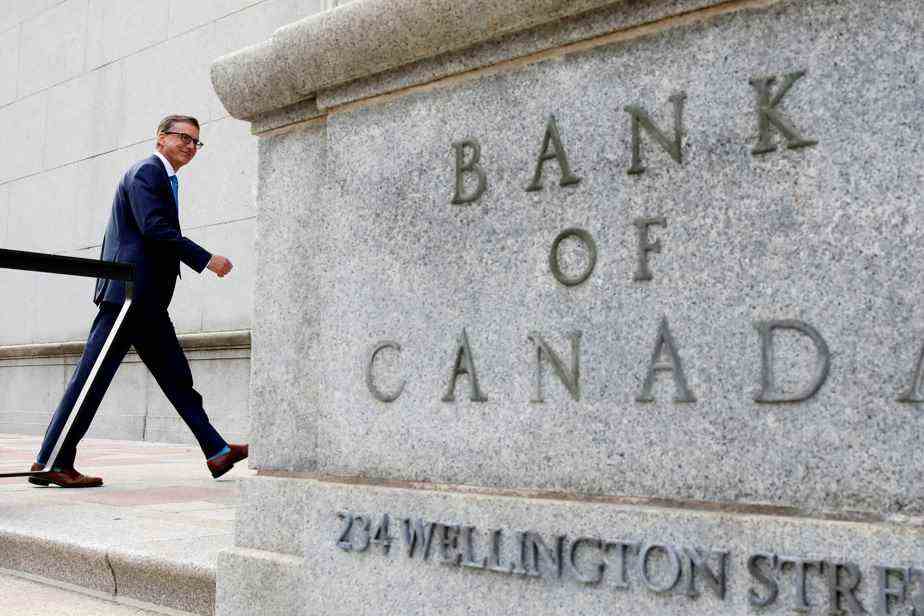What have we learned this year? A lot, I would say. Economically, with rate hikes and high inflation, 2022 has broken record after record. The year also reminded us that forecasts don’t usually age like a bottle of Chateau Latour, but rather like a pint of milk… Here are some of the lessons of 2022.
Interest rates can go very high, very quickly
The Bank of Canada’s key rate started the year at 0.25% and ended it at 4.25% after seven straight increases. A rise of 1600% which put an end to years of low rates. The forecasts have not been of much use to us: Desjardins foresees three key rate hikes of 0.25% each in 2022, and estimated a year ago that all the noise surrounding inflation had no reason to be. National Bank Financial Markets predicted that the Bank of Canada’s key rate would stand at 1.75% in March 2023.
There is no “good debt”
A mortgage loan is often seen as “good debt”, mainly because it is compared to consumer debt. The problem is that “good debt” can also lead to “good bankruptcy”… People who took out a variable rate mortgage last year are now experiencing stress, and some are already struggling to arrive. Fixed-rate borrowers aren’t immune either, as they will eventually have to renegotiate their mortgage and find a way to absorb higher payments. “Debt is a risk,” likes to repeat Montreal investor Stephen Jarislowsky. The year 2022 made me realize what he meant by that.
House prices may fall
Speaking of mortgages… Who predicted the fall in house prices this year? Not real estate brokers, who a year ago were rushing to whip FOMO (fear of missing out) and motivate hesitant buyers in the face of record prices. Royal LePage predicted a 10.5% increase in Canada and 9% in the Montreal area in 2022. But prices fell 10% over the summer in the Montreal area, sales practically suffered a cardiac arrest, and any sense of eagerness on the part of buyers vanished.
The price of oil plummeting
The price of a barrel of oil exploded at the beginning of the year, going from $90 to $123 at the time of the invasion of Ukraine. Motorists were in shock, analysts predicted a price of $200 a barrel this year, and your brother-in-law started posting bizarre posts about the Great Depression of 2023 on Facebook. Well, the price per barrel is at $74 today, basically where it was at the start of the year.
Employment is resilient
The unemployment rate in Quebec was 4.1% in June, and it was 4.1% in November. So the rate hikes haven’t affected people’s ability to keep their jobs. We know that rate movements can take 12 to 18 months to reflect in the economy, so this will be an indicator to watch in 2023.
Bitcoin is not a miracle
The bitcoin cryptocurrency has dropped 66% of its value over the past year. Its most ardent supporters see it as a buying opportunity, and note that the virtual currency has crashed several times since its inception. One thing is certain, crypto is not the safe haven that some analysts envisioned not too long ago.
Diversified and balanced investors do well
This year has demonstrated it again: our world is unpredictable, and the best investors are those who choose to recognize it. An investor who placed $10,000 in an index fund portfolio at the start of the year following an allocation of 60% Canadian, U.S. and international equities and 40% short-term bonds would have a portfolio worth of $9,427 as of November 30. A drop of less than 6% in a very difficult and volatile year on the markets. In short, nothing to write to his mother. Such a portfolio has also been growing by nearly 5% per year since January 2020, before COVID-19. A winning formula, which does not lose its appeal even in the least pleasant moments.
